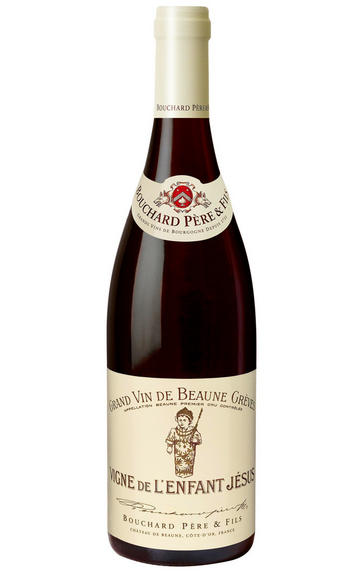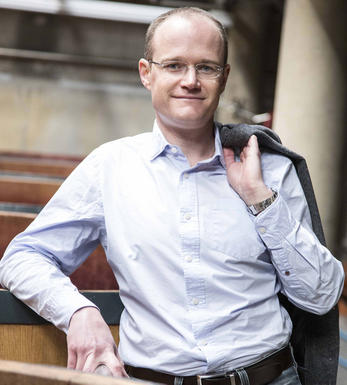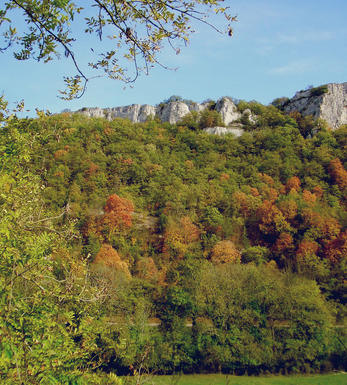
2016 Beaune Grèves, Vigne de L'Enfant Jésus, 1er Cru, Bouchard Père & Fils, Burgundy

About this WINE

Bouchard Pere et Fils
The Burgundian wine domaine of Bouchard Pére et Fils can trace its origins back to 1731 though it is no longer family owned. In 1995 the Champagne house, Joseph Henriot, acquired the company and quality has risen as a consequence.
Today Bouchard is led by Stéphane Follin Arbelet while the wines are made by Philippe Prost who has been with the company since 1978. An impressive gravity-flow winery on the Route de Savigny, the Cuvérie St Vincent, was completed in 2005, enabling them, to process all their wines with optimum efficiency.
Bouchard’s total holdings comprise 130 hectares, including 12ha of grand crus and 74ha of premier crus, which makes them the largest vineyard owners in the Côte d’Or (Côte de Nuits and Côte de Beaune).
Bouchard have good holdings in the village of Monthélie, which lies just beyond Volnay and looks down over Meursault. The village is best known for its red wines, a little firmer in structure than Volnay and of particular interest in perfect summers when the grapes can ripen fully.

Beaune
The wines of Beaune are usually on the lighter side, especially if from the flatter vineyards on the Pommard side, or the sandier soils towards Savigny. The sturdiest wines with the greatest depth of flavour come from the steeper slopes overlooking the town itself.
The Hospices de Beaune charity auction on the third Sunday in November is one of the highlights of the year. The Hospices building, known as l'Hôtel-Dieu, is well worth visiting. Beaune is also home to several of the region’s best known merchants such as Maisons Louis Jadot and Joseph Drouhin.- 128 hectares of village Beaune and 52 hectares of Côte de Beaune
- 322 hectares of Premier Cru vineyards. The finest vineyards include Les Grèves, Clos des Mouches
- Recommended producers: Germain, Devevey, Domaine des Croix, Jadot, Drouhin, Camille Giroud.
- Recommended restaurants: Ma Cuisine (not least for the wine list), Le Conty

Pinot Noir
Pinot Noir is probably the most frustrating, and at times infuriating, wine grape in the world. However when it is successful, it can produce some of the most sublime wines known to man. This thin-skinned grape which grows in small, tight bunches performs well on well-drained, deepish limestone based subsoils as are found on Burgundy's Côte d'Or.
Pinot Noir is more susceptible than other varieties to over cropping - concentration and varietal character disappear rapidly if yields are excessive and yields as little as 25hl/ha are the norm for some climats of the Côte d`Or.
Because of the thinness of the skins, Pinot Noir wines are lighter in colour, body and tannins. However the best wines have grip, complexity and an intensity of fruit seldom found in wine from other grapes. Young Pinot Noir can smell almost sweet, redolent with freshly crushed raspberries, cherries and redcurrants. When mature, the best wines develop a sensuous, silky mouth feel with the fruit flavours deepening and gamey "sous-bois" nuances emerging.
The best examples are still found in Burgundy, although Pinot Noir`s key role in Champagne should not be forgotten. It is grown throughout the world with notable success in the Carneros and Russian River Valley districts of California, and the Martinborough and Central Otago regions of New Zealand.


Buying options
Add to wishlist
Description
Bouchard has huge vineyard holdings in Beaune, but one of their oldest is this, bought from a charitable sisterhood of nuns ( hence the name) just after the French Revolution. There are nearly four hectares on sandy and chalky soils, but planted at 11,000 vines per hectare. The wine is very rounded and juicy, showing the use of whole bunches, with a lighter touch and delicacy on the finish. Very delicious. Drink 2024-2032.
Adam Bruntlett, Burgundy Buyer
Bouchard Père & Fils can trace its origins back to 1731 though it is no longer family- owned. In 1995 Champagne entrepreneur, Joseph Henriot, acquired the company. The wines are made by technical director Frédéric Weber in succession to Philippe Prost. An impressive gravity-flow winery on the Route de Savigny, the Cuverie St Vincent, was completed in 2005, enabling them to process all their wines with optimum efficiency. Bouchard’s total holdings comprise 130 hectares, including 12 hectares of Grand Cru and 74 hectares of Premier Cru, which makes them the largest vineyard owners in the Côte d’Or. Philippe Prost had an individual take on the vintage. His view is that the high levels of rainfall at the start of the year (themselves contributory to the frost damage) saturated the soil to such a degree that high levels of minerals were unlocked and subsequently taken up by the vines. It is useful to get the view of a producer who covers the whole region. He also observed that there were much smaller berries in the Côte de Beaune than the Côte de Nuits and that, on the whole, Chardonnay and Pinot Noir were picked at almost the same time. He also offered a thought on bâtonnage: Bouchard prefers to roll their barrels to move the lees, and not to open the bung and stir. This preserves the CO2 in the wine which means less SO2 is necessary.
wine at a glance
Delivery and quality guarantee